Polish Hound
The Polish Hound is a Polish hunting breed that comes from the scenthound family. As hunting slowly became a sport and not a necessity, these dogs started to play a different role; the role of an active family watchdog that can become a lovable, affectionate pet.
Their original Polish name is “Ogar Polski,” and they have been praised by Polish hunters as fearless and relentless hunters for ages. These dogs will require plenty of training, exercise, and socialization, but if you can provide them with all that, you will get a pet that their owners have described as:
- Smart
- Eager to please
- Great nose
- Excellent hunter
- Enthusiastic barker
- Protective
- Gentle
- Affectionate

Height:
22-26 in (55-65 cm)

Weight:
55-70 lb (25-32 kg)

Origin:
Poland

Life Expectancy:
13-14 years
Dog Breed Characteristics
Temperament
Even though the Polish Hound is primarily a hunting breed, they have a softer side that shows when these dogs are at home with their family. They can become a bit overprotective, and if they are not properly socialized, that sort of behavior can escalate. This breed must have a firm leadership that will allow them to become the best version of themself.
At home, these dogs are calm and easygoing. They will mature slowly and can keep their puppy-like behavior well into adulthood. Temperament can be influenced by different things, such as hereditary, socialization, and training. That means that every dog can be different, and you can affect their temperament by making the right choices as their owner and handler.
Training
The Polish Hound is known as a hunting breed, and their temperament might need some training for them to become good pets. Hunting breeds are usually extremely active, but the Polish Hound is not your typical hunting breed. These dogs can be active but not nearly as much as other hunting breeds. They are very adaptable so training might go smoothly. Their stubbornness can become an issue, but eventually, you can get your dog to be obedient with the right training methods.
Like with any other breed, the Polish Hound reacts best to positive training methods. Their natural hunting instincts are always present, and their hunting skills must only be sharpened. If you train them to become house pets, you will need to include many treats and praises.
Make training a fun and interesting experience, and you will start noticing good results pretty soon. Never use punishment as a training method; correct the dog’s unwanted behavior calmly and continue with the training. Negative training methods can result in shy or even aggressive dogs.
Socialization
Like any other dog breed, the Polish Hound requires early socialization. It is essential to ensure that your dog doesn’t become shy or aggressive. Expose your dog to many different people, dogs, sights, and situations to secure a well-rounded dog.
Because they are hunting dogs and have a high prey drive, even with the right training and socialization, these dogs might not be able to resist going after a rabbit or squirrel or following an interesting scent. They can adapt to any environment as long as you secure them with plenty of physical and mental activity.
Polish Hound and other pets
The Polish Hound might be a hunting breed, but they can quickly adapt to family living and a beloved family pet’s role. These dogs have become a lot better adapted to house life through selective breeding, and their hunting instincts and working ability haven’t been promoted so strongly. These dogs can even learn to coexist with other pets, but they should never be left unsupervised with smaller pets because of their genetic prey drive.
Polish Hound and children
These dogs are known to be gentle, friendly, and affectionate towards kids. They rarely display aggression, and they are better “alarm” dogs than they are guard dogs.
Children should never be left alone with any dog, no matter what breed it might be. You should make sure that your children understand how to approach dogs of this breed and understand how to interact and play with them properly.
Coat and Care
Regular brushing will take care of the dead hair, and since these dogs are moderate “shedders,” brushing will also help you keep the place clean and hair-free. Dogs’ coats have natural, protective oils that can be washed off if they are being washed too often. They will also need other basic care; brush their teeth at least three times a week.
Check their ears for signs of infection and redness, and bathe them only if the dog gets really dirty or smelly, but other than that, a bath every 4 - 5 months is more than enough for the Polish Hound. Keep in mind to trim their nails if they don’t wear them down naturally.
Potential health issues
The Polish Hound is considered a very healthy breed, and there aren’t many health problems connected to this breed. These dogs have an average lifespan of 13 - 14 years. Only because of their size these dogs can suffer from:
- Hip dysplasia - Genetic problem affecting hips resulting from an improperly formed hip joint.
- Gastric Torsion - Also known as bloat. A dangerous condition that causes the stomach to twist (torsion).
Breeders
Buying a Polish Hound from a responsible breeder will cost you more money, but you can be sure you will get a healthy puppy. If you cannot buy a dog, we advise you to search for local animal shelters because there is a chance you can find a pureblooded dog there.
Cover Photo Source
World Dog Finder team

Updated at07.09.2023.
Breed History
The history of the Polish Hound started many centuries ago. The exact origin and ancestors are not specific; they are only described as hunting dogs that worked alongside Polish hunters in Poland’s rich forests. These ancient dogs were scenthound-types, robust, and capable hunters used for various games.
In the Middle Ages, those native dogs were crossbred with the Bloodhound, resulting in the original Polish Scent Hound. Those dogs were larger and more powerful than the modern-day Polish Hounds. They were kept primarily as hunters and protectors, but things changed after World War I.
Former Colonel Jozef Pawuslewicz adored the breed, and through his effort, the breed was revitalized, and their standard was changed with shows in mind. They had to become lighter, and their working abilities weren’t the only focus for breeding.
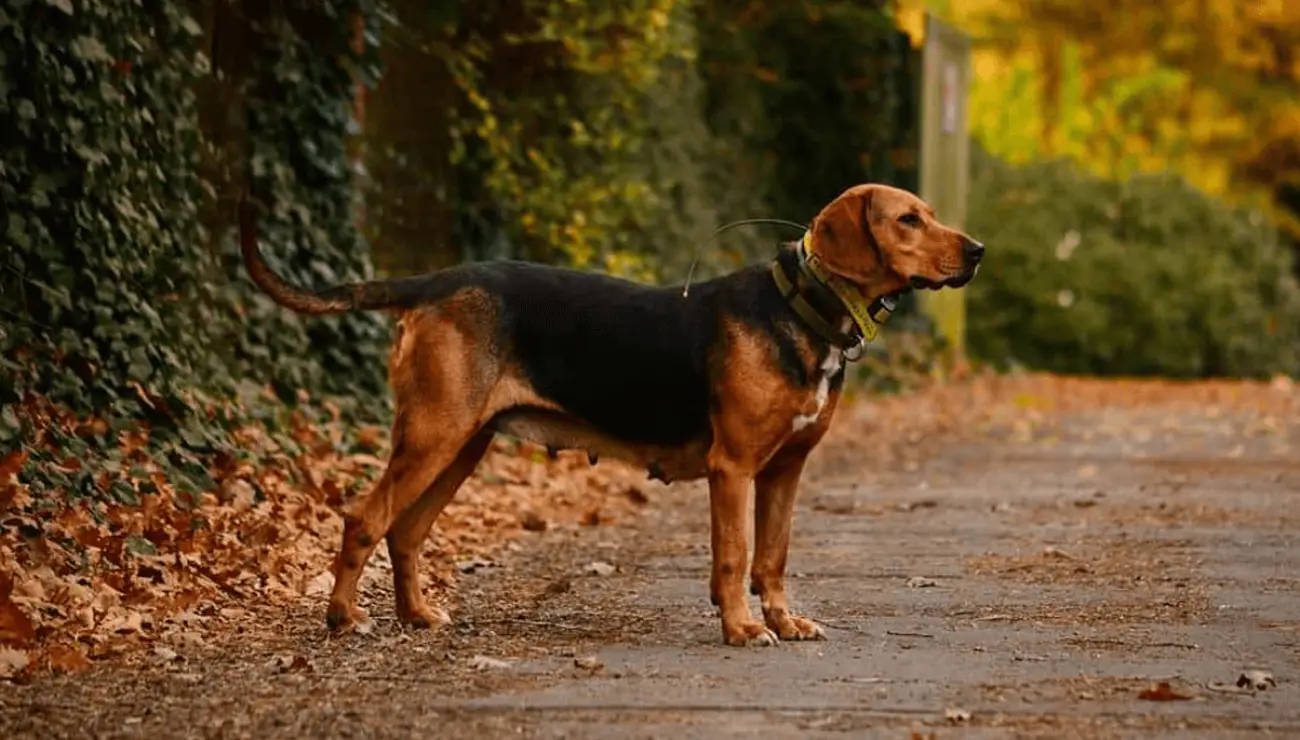
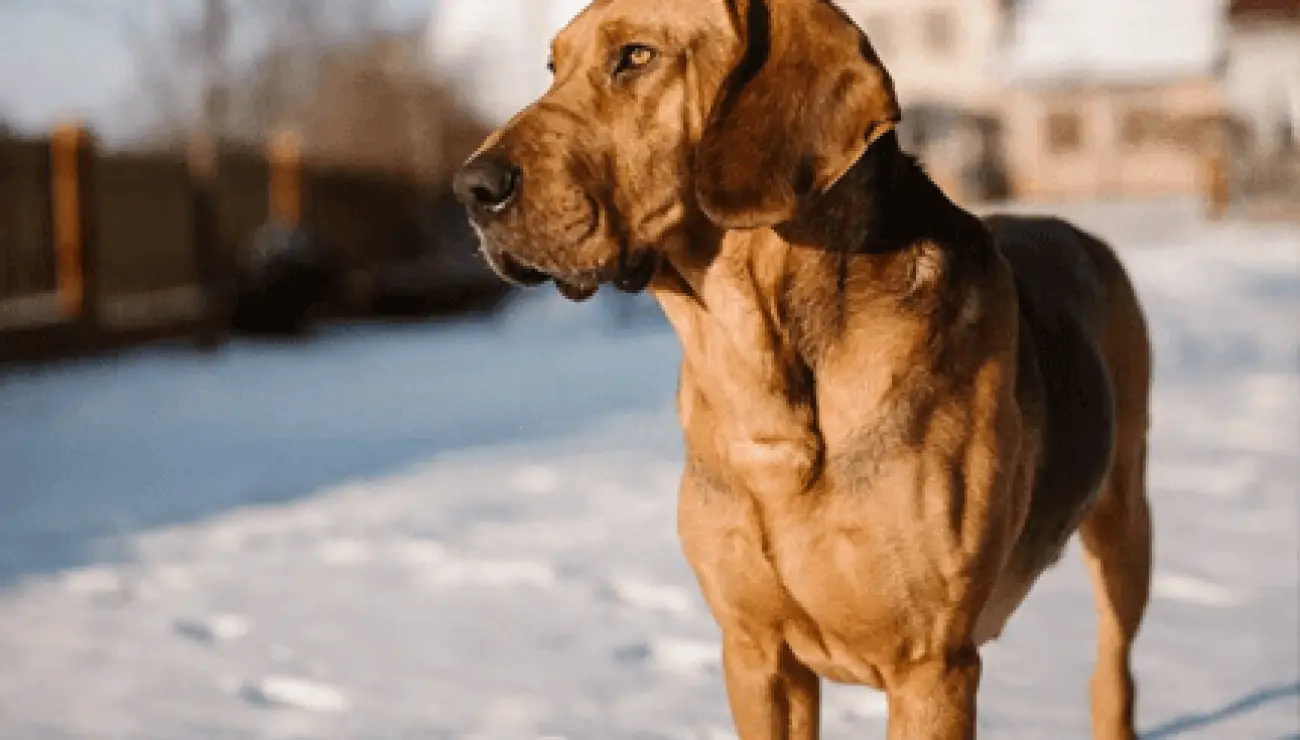
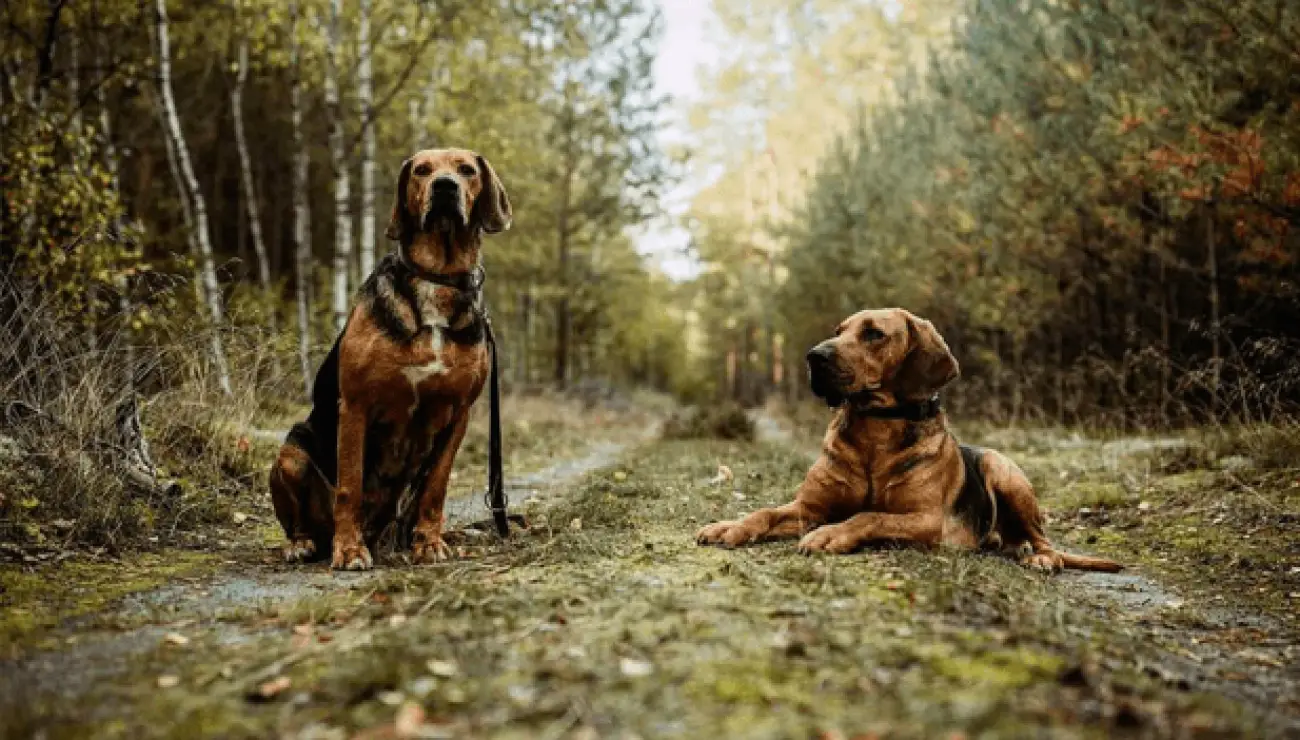
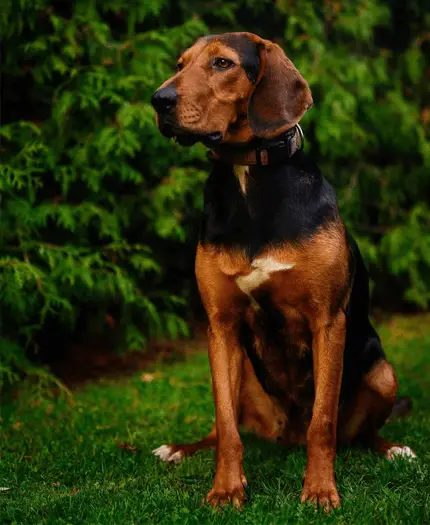
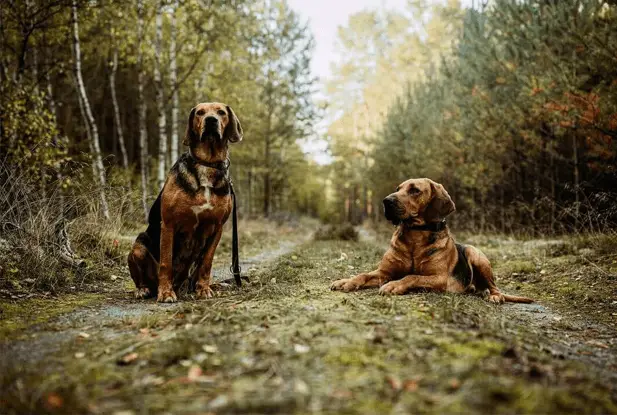
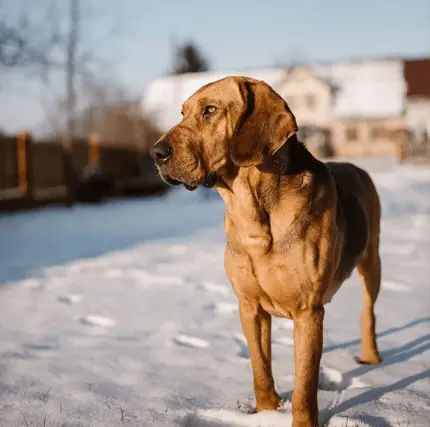
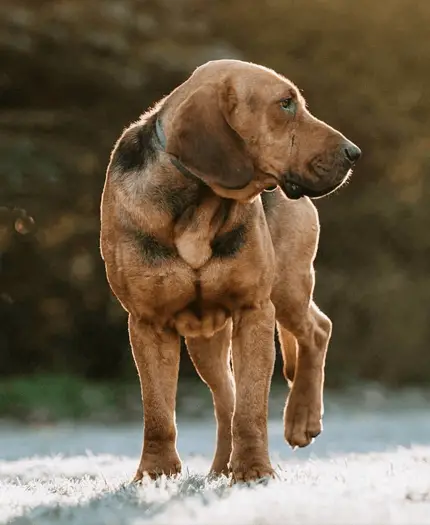
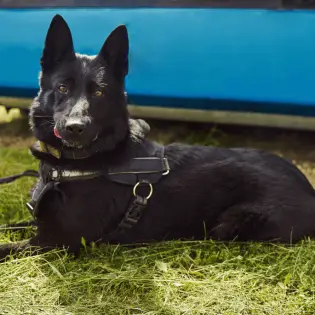
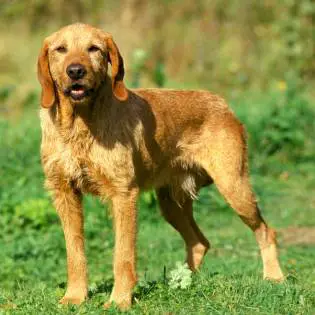
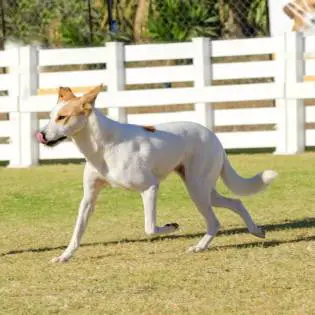
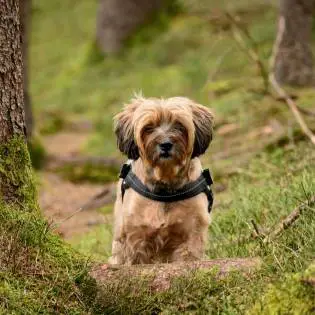
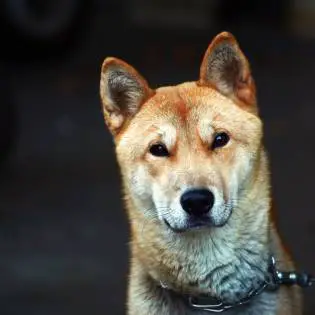
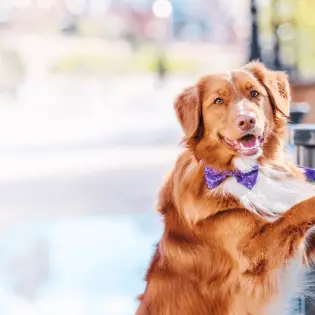
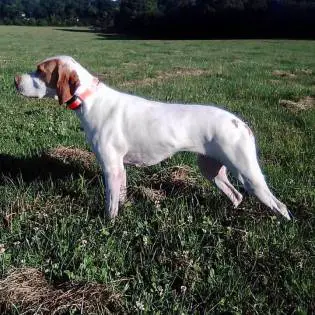
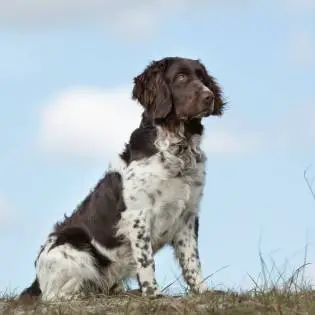
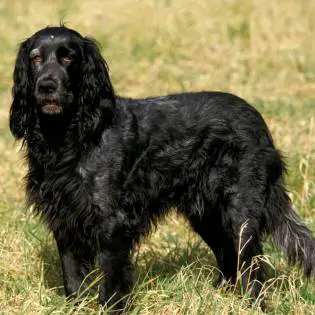
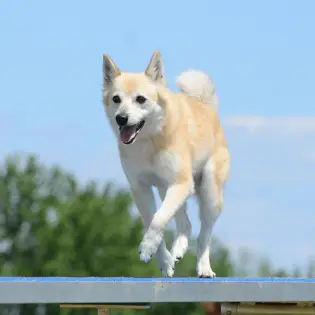

Share